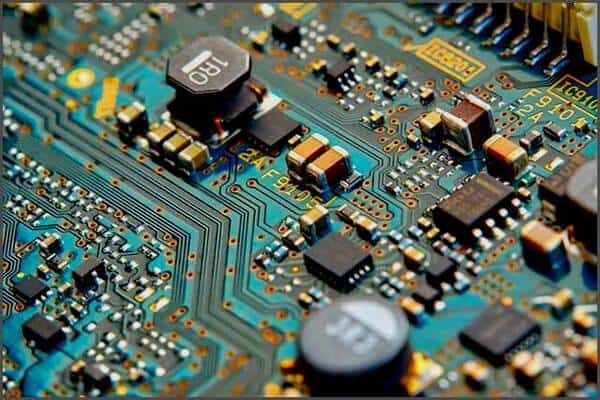What is Moore’s Law?
What is Moore’s Law?
Gordon Moore is a cofounder of legendary electronics companies Fairchild Semiconductor and the Intel Corporation. Moore’s law is the phenomenon, named after Gordon Moore, observing a positive trend in the number of transistors that can be configured in an integrated circuit (IC) as well as a negative trend in the cost of ICs (and the computers that use them). The phrasing is somewhat awkward, the gist is that Moore’s law was an observation that computer hardware would steadily become more capable, and cost less. Moore’s law held true for virtually every subsection of computer hardware for the remainder of the 20th century. While many hardware subsections have failed to keep up with the trend outlined by Moore’s original assertions, in other areas, Moore’s law is still accurate as of 2022 (a staggering 57 years later!)

Variations of Moore’s Law
As Moore’s law is more akin to a law in social-science than a law of physics, there are a number of acceptable interpretations. A common variation of Moore’s law is that the number of transistors that can fit on a microchip doubles every 18-24 months. Another variant of Moore’s law also includes the assertion that the cost of computers will decrease exponentially as integrated circuits and transistors become more efficient. The “law” derives it’s name from Gordon Moore, who shared a number of claims, theories, and predictions in a 1965 Electronics Magazine article titled Cramming more components onto integrated circuits.
There is no “official” version of Moore’s law. If you read the publication available via the hyperlink in the previous paragraph, you will see that Moore was responding to a prompt provided by a magazine. He never describes a formal “law” and he certainly never named a law after himself. The electronics community was responsible for proliferating the term Moore’s law after the original claims held true for an extended period of time.
A Prophetic Vision of the Future – Moore’s Law
You may feel the title of this section is an exaggeration. It certainly uses poetic language, but it is still an accurate description of scope for Gordon Moore’s predictions. Moore understood the significance of the technology his team at Fairchild Semiconductor was creating. He expounded on this understanding and theorized a number of claims regarding the future of integrated circuits and the computers that use them. These technological improvements launched a sort of domino effect where innovations cascaded into additional innovations. The result is that the work done by Fairchild Semiconductor and Intel is responsible for much of the technology the modern world depends on. The contributions Moore and his team(s) made to integrated circuit design and production are akin to the invention of the steam engine or the proliferation of electricity. Gordon Moore was directly involved in launching the information age.
The following quotes outline the basis of the most commonly used variation of Moore’s law. The quote on the left supports the claim that the number of components per integrated circuit will increase by 102,400% (2^10). Moore wrote the original article in 1965 and he was responding to a prompt asking his thoughts on the future of the overall industry that produced semiconductors. If you are reading an article about Moore’s law, it’s probably fair to assume you are genuinely interested in the history of electronics and computing. If this assumption is accurate, we highly recommend you follow the previously submitted link to “Cramming more components onto integrated circuits”.
With unit cost falling as the number of components per circuit rises, by 1975 economics may dictate squeezing as many as 65,000 components on a single silicon chip.
Gordon Moore
Cramming more components onto integrated circuits
Machines similar to those in existence today will be built at lower costs and with faster turn-around.
Gordon Moore
Cramming more components onto integrated circuits
More on Moore
While the 93 year old Moore isn’t exactly an A-list celebrity, his contributions to electronic engineering laid the basis for modern computing as we know it. With a net worth between 12 and 13 billion USD, it’s fair to say Gordon Moore has received adequate compensation for these contributions.
Fairchild Semiconductor and the Intel Corporation
Gordon Moore started his electronics career at a company called the Shockley Semiconductor Laboratory. In 1957, Moore and seven other employees left Shockley to start Fairchild Semiconductor. These individuals came to be known as the “traitorous eight”. While William Shockley certainly wasn’t happy they left his company, those eight engineers would have little doubt they made to correct decision when Fairchild Semiconductor grew into a into one of the most influential organizations in modern history. Many of the core team at Fairchild Semiconductor left to start independent businesses that came to be known as “Fairchildren”. Gordon Moore and Robert Noyce left Fairchild to start the Intel Corporation in 1968. Intel became the largest integrated circuit manufacturer in the world. As the most successful of the “Fairchildren”, a 2011 report.
